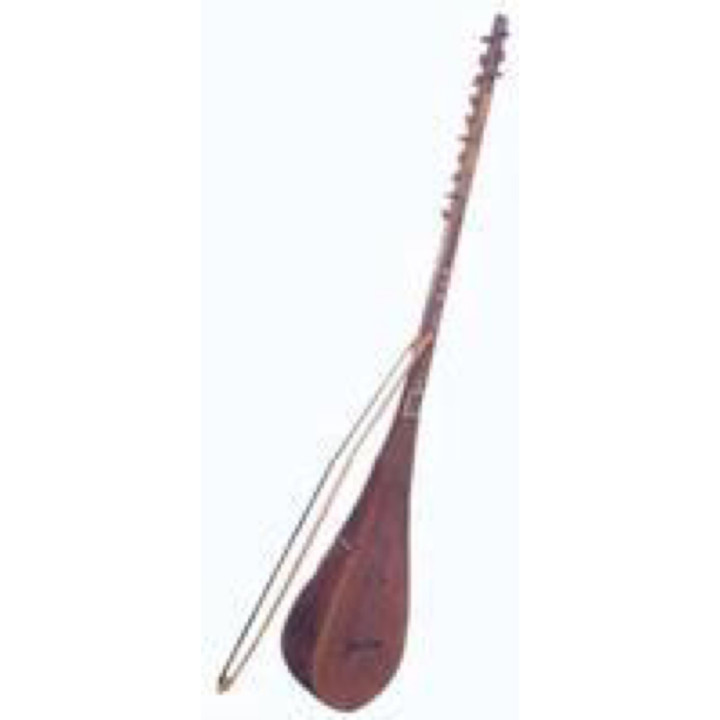The structure of Satar
The traditional folk Satar is very similar in shape to the Uyghur stringed instrument, the Boolean. It looks like a long-handled water scoop.

sound box
It is in the shape of a scoop. After excavating the abdominal cavity from a whole piece of mulberry wood, it is covered with mulberry wood veneer, and the upper part of the panel has a sound hole.
piano bar
Longer, semi-circular cylindrical body, the upper end is the headstock, and the top is unadorned. There are nine to seventeen T-shaped tuners on the front and left side, and a mountain pass at the bottom. The front of the piano bar is the fretboard, which is wound with eighteen silk frets, and some have high-pitched frets on the panel.
bridge
There is a wooden bridge in the center of the lower part of the panel.
strings
Zhang has nine to seventeen metal strings, of which the first outer string on the right is the main playing string, using copper strings, and the rest are steel wire resonance strings, and the lower ends of the strings are tied to the tail post.
bow
Wooden bow shaft, with horsetail bow hair, similar to a violin bow.
 渝公网安备 50010702504639号
渝公网安备 50010702504639号